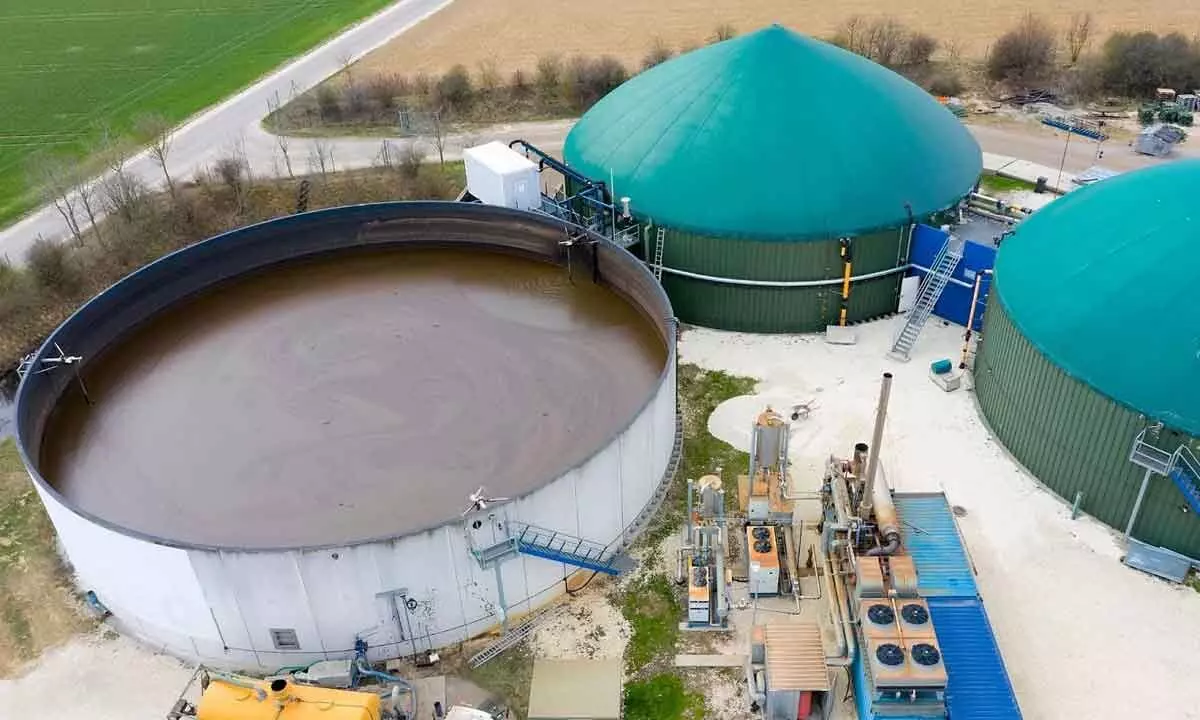IBA to pump in Rs 30k cr in bio-energy space
Indian Biogas Association investing in machinery & equipment to produce 12 MMTA of compressed LNG
image for illustrative purpose

New Delhi: Indian Biogas Association (IBA) has recommended an investment of Rs30,000 crore for machinery and equipment required for biomass supply to compressed biogas plants to ensure 12 MMTA of LNG import reduction.
“Utilising agricultural residues like paddy straw for bioenergy production and soil enrichment instead of burning those offers a dual benefit as it provides renewable energy sources, while enhancing soil health,” said Indian Biogas Association Chairman Gaurav Kedia.
However, he pointed out that there are obstacles to procurement, such as unappealing economics, which makes farmers prefer to burn rather than sell off the field straw promptly. Due to the low density of straw, which increases the expenses associated with its collection, storage, and transportation, he stated,
“Improving logistics is not a feasible solution. Government intervention is essential to encourage the adoption of necessary equipment, such as subsidising combine harvesters capable of efficiently gathering straw.”
Additional support for balers and storage units will make efficient transportation and storage possible, Kedia noted. He suggested that the government should also release the operational guidelines for crop residue management to provide financial assistance for the procurement of crop residue management machinery, establish custom hiring centres, create a supply chain for crop residue/ paddy straw and promote awareness on crop residue management. As per the ASCI (Administrative Staff College of India) study on the assessment of biomass potential in India, India has a total crop production area of 198 MHa with a total crop production of 775 million tonnes, generating 754 million tonnes of total biomass and 230 million tonnes of surplus agricultural residue.
Most of this surplus biomass is burnt because farmers lack proper collection equipment and motivation. In the first phase, the government should prefer the states with the largest share in biomass generation -- Punjab (10.6 per cent), Uttar Pradesh (9.8 per cent), Gujarat (9.3 per cent), Maharashtra (9.2 per cent), Madhya Pradesh (8.8 per cent) and Andhra Pradesh (7 per cent). The estimated machinery and equipment worth more than Rs30,000 crore will be required to address the issue in these states. With this investment, the government will be able to ensure a smooth substrate supply for CBG plants, which would attract an investment of Rs170 thousand crore. It will also be significant for the economy and help the government achieve green energy goals by saving almost 12 MMTA of LNG import, he stated.

